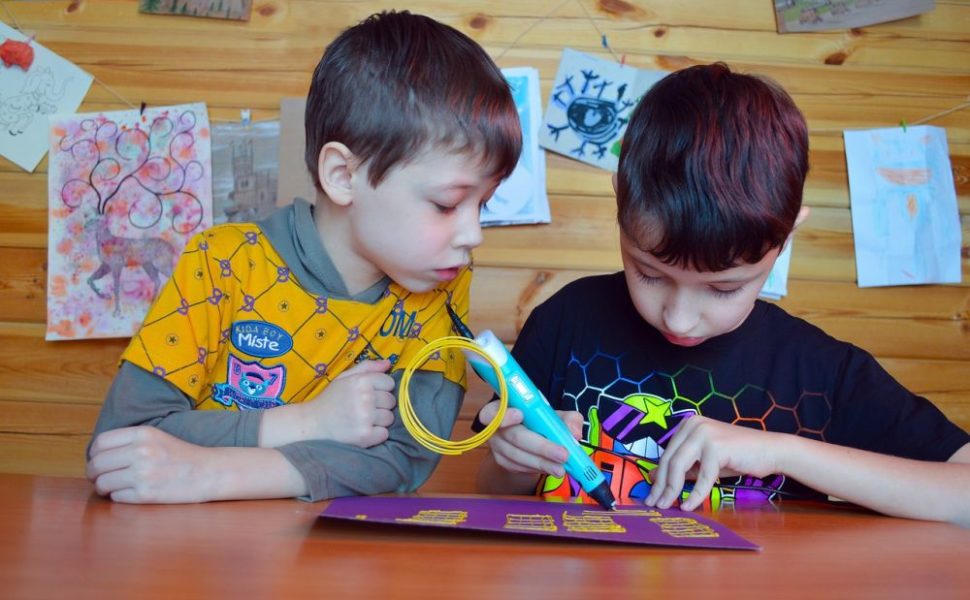Feverish children: A Comprehensive Overview

Introduction:
Febrile illnesses are a common occurrence in children, causing worry and concern among parents and caregivers. In this article, we will provide a thorough overview of feverish children, exploring what it is, different types of fevers, popular remedies, and quantitative measurements. Additionally, we will discuss the differences among febrile illnesses, delve into their historical background, and weigh their pros and cons. This comprehensive guide aims to provide valuable insights for parents and caregivers seeking information on managing fever in children.
1. Feverish Children: An Overview

Fever is often a sign that the body is fighting an infection. When the body’s internal temperature exceeds the normal range, it results in fever. In children, this elevation in body temperature may occur due to various factors, such as viral or bacterial infections, immune system responses, or even side effects of certain medications. It is crucial to understand that fever itself is not a disease but rather a symptom of an underlying condition.
2. Exploring Feverish Children: Types and Popularity
There are different types of feverish illnesses that children may experience. These can be categorized based on their causes, symptoms, and duration. Common types include viral fevers, bacterial infections, and chronic illnesses. Viral fevers, such as influenza and common cold, are highly prevalent in children due to their developing immune systems and exposure to various pathogens in daycare or school settings. On the other hand, bacterial infections like strep throat or urinary tract infections require specific treatment with antibiotics.
Moreover, chronic illnesses, such as autoimmune disorders or malignancies, may also manifest as persistent or recurrent fevers. Understanding the different types of feverish illnesses helps parents and caregivers to recognize the underlying cause and seek appropriate medical attention.
3. Quantitative Measurements of Fevers
Accurate measurement of fever is essential for monitoring a child’s condition and determining the severity of the illness. There are various methods available to measure body temperature, including oral, rectal, axillary (armpit), and tympanic (ear) thermometers. While each method has its pros and cons, rectal thermometers are considered the most accurate for young children.
In recent years, digital thermometers have gained popularity due to their ease of use and quick results. Additionally, advancements in technology have led to the development of non-contact thermometers, which eliminate the need for physical contact and provide instantaneous readings. These quantitative measurements empower parents and caregivers to monitor fever and make informed decisions when seeking medical advice.
4. Understanding the Differences Among Feverish Children
Although fever is a common symptom among children, it is important to note that different febrile illnesses may present distinct characteristics. The severity of symptoms, duration of fever, and specific accompanying signs may vary depending on the underlying cause. For instance, viral fevers often present with respiratory symptoms like cough and runny nose, while bacterial infections may exhibit localized symptoms such as ear pain or sore throat.
Furthermore, the age of the child plays a significant role in the presentation and management of febrile illnesses. Infants and young children, with their developing immune systems, may demonstrate different patterns of fever and require closer monitoring. Understanding these differences allows parents and caregivers to recognize abnormal symptoms and seek appropriate medical attention promptly.
5. Historical Background: Pros and Cons of Feverish Children Treatments
Throughout history, various remedies and treatments have been advocated for managing feverish children. From traditional herbal remedies to modern pharmaceutical interventions, a wide array of options exist. It is vital to weigh the advantages and disadvantages of these treatments to make informed decisions.
Traditional remedies, such as cool baths, herbal teas, or natural remedies, have been used for centuries and are often considered safe and gentle methods to alleviate discomfort. On the other hand, over-the-counter medications like acetaminophen or ibuprofen provide quick relief but may have potential side effects if used incorrectly or excessively.
In recent years, there has been increased awareness about the potential overuse of fever-reducing medications, as fever serves as a natural defense mechanism in fighting infections. Research has shown that treating fever solely for its reduction may interfere with the body’s ability to fight off pathogens effectively.
Conclusion:
In conclusion, managing feverish children involves understanding its causes, recognizing the different types of febrile illnesses, monitoring quantitative measurements, appreciating the differences among them, and considering the historical pros and cons of various treatments. By presenting this comprehensive overview, we aim to empower parents and caregivers to make informed decisions while ensuring the well-being of their feverish children. Remember, always consult a healthcare professional for personalized advice and guidance.
– En videoklipp som visar korrekt användning av en rektaltermometer och försiktighetsåtgärder att vidta vid mätning av feber på spädbarn.]
















































